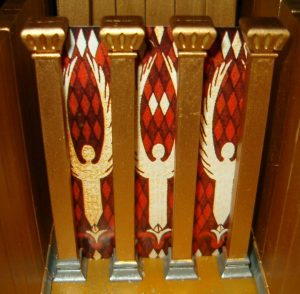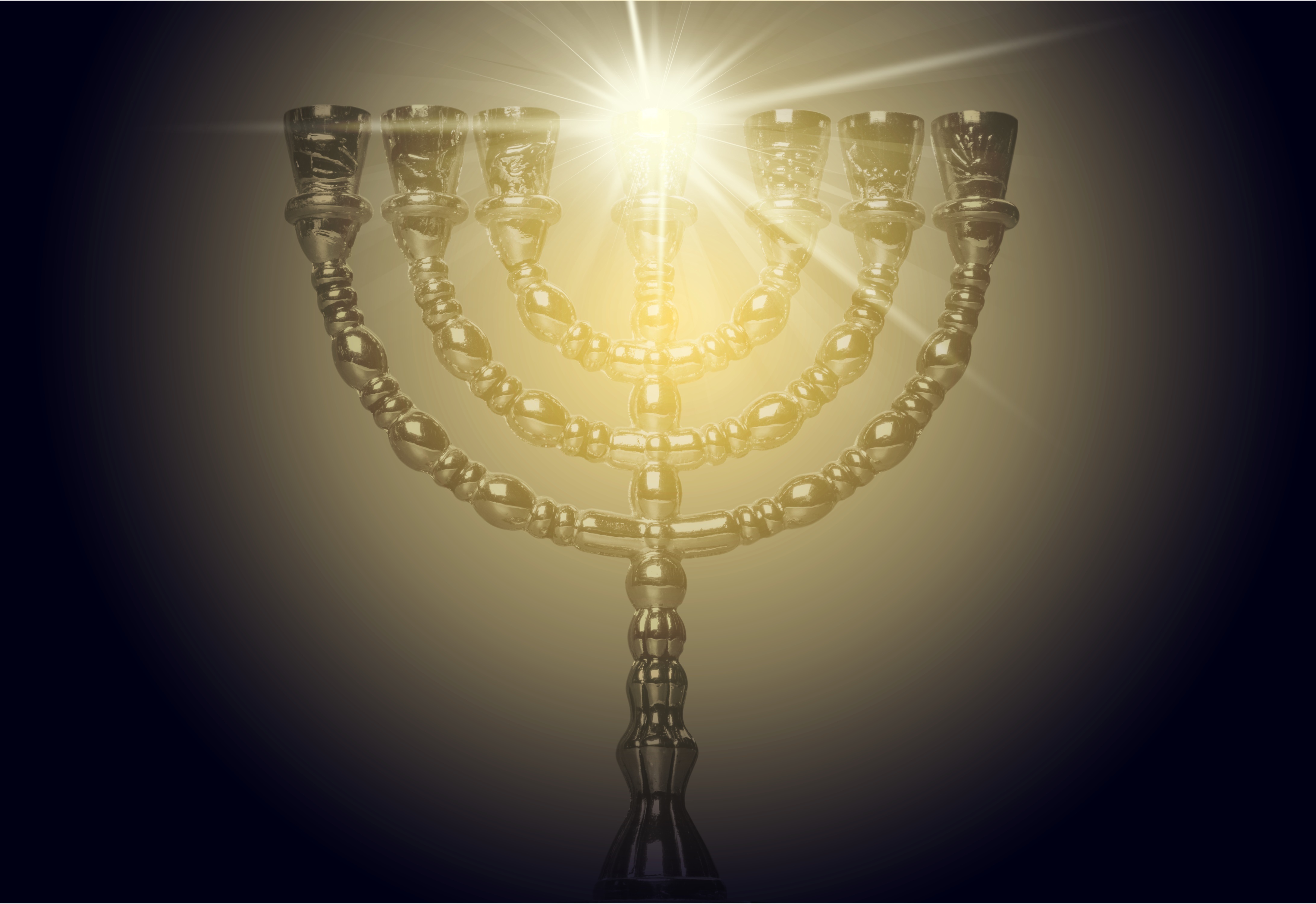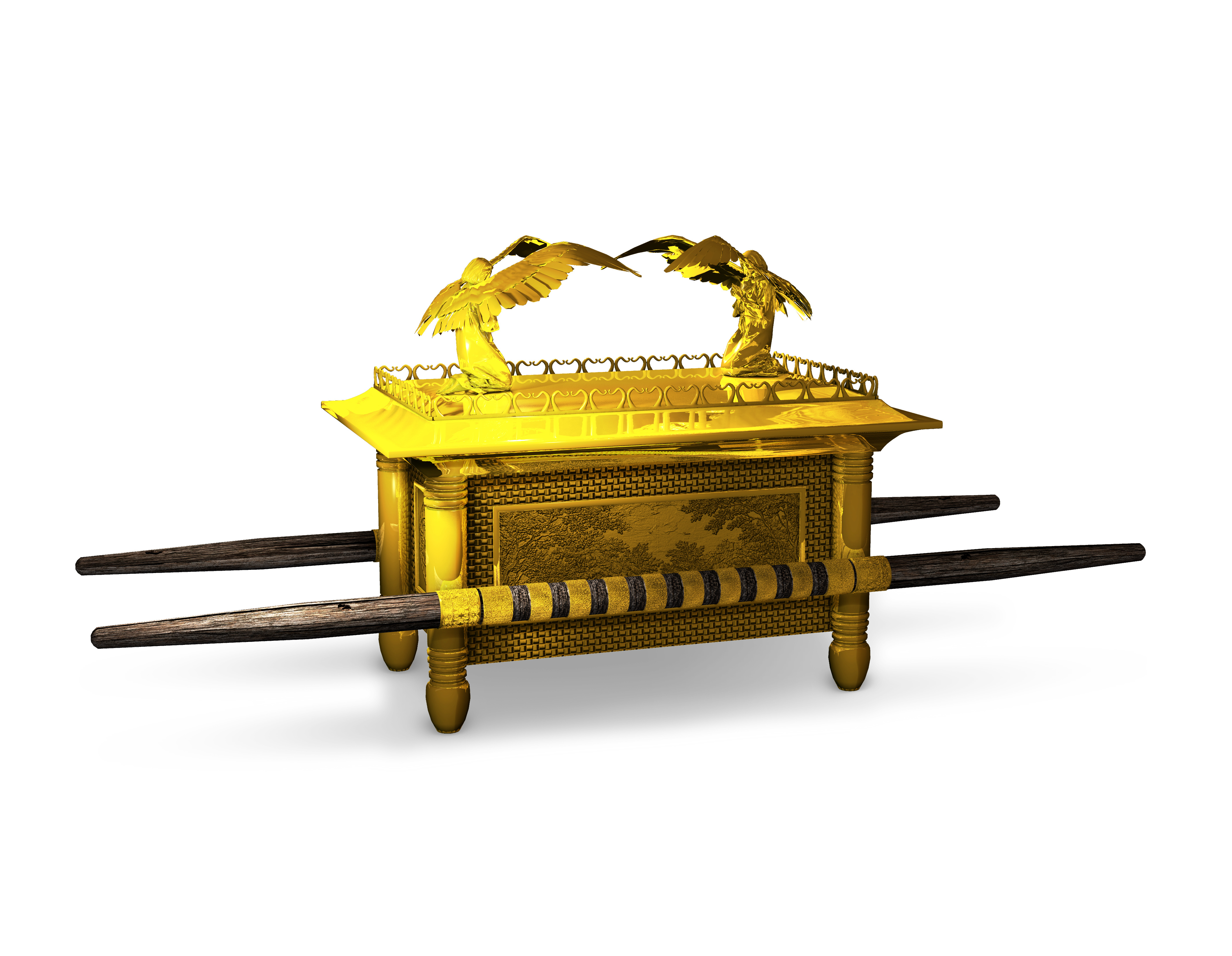Exodus 26:15–30, Boards.The boards of the tabernacle or easily overlooked for the more important furnishings of the tabernacle such as the alter, menorah and ark of the covenant. Yet upon closer analysis, the very boards that form the tabernacle’s walls are full of rich symbolic significance that speak of the redemption, salvation, righteousness that defines who the saint through Yeshua truly is. Let’s explore the neglected subject.
The walls of the tabernacle were constructed of vertical boards (20 on a side and 6 on the back) and were made of acacia wood covered in gold held sitting in silver bases. The boards were held upright by five horizontal acacia wood bars also overlaid in gold that ran the length of the walls.
The boards standing tall speak of YHVH’s upright saints (Jeshurun—another name for Israel, see Deut 32:15; 33:5; 33:26; Isa 44:2) who are called to be the temple of YHVH (1 Cor 3:16; 6:19; 2 Cor 6:16) and who will also be pillars in YHVH’s eternal New Jerusalem temple (Rev 3:12). Wood overlaid with gold in silver bases speaks of redeemed humanity with the divine nature of Yeshua. It also speaks of the two-fold nature of Yeshua who was both human and divine. The five wooden bars speak of the five-fold ministry of apostles, prophets, evangelists, shepherds and teachers for the edifying or building up and perfecting of the saints—the body of Yeshua (Eph 4:11–13). Five can also speak of the five books of YHVH’s Torah—his instructions in righteousness, which shows believers how to walk uprightly before YHVH.
The Tabernacle Boards in More Detail.
Boards of acacia wood overlaid in gold formed the walls of the sanctuary. The boards stood vertically and were held upright by five long rods running the length of the sanctuary through rings on the outside of the boards. Each board was set in a silver base weighing approximately 125 pounds. Silver speaks of redemption. Wood represents humanity while gold coupled with silver speaks of redeemed humanity covered in righteousness reflecting the divine nature of YHVH.
Man stands firmly on the foundation of Yeshua’s redemptive work at the cross. Such men are not their own, but were bought with the price of the precious blood of Yeshua (1 Pet 1:18–19). The upright boards represent the saints who are the temple of the Spirit of Elohim (1 Cor 6:19). The saints are also likened to pillars in YHVH’s temple (Rev 3:12).
The five bars that hold the boards from falling over can refer to the five books of the Torah which are YHVH’s instructions that keeps one on the path of righteousness. Five can also refer to the fivefold ministry which builds up and governs the body of Yeshua (Eph 4:11–13).









